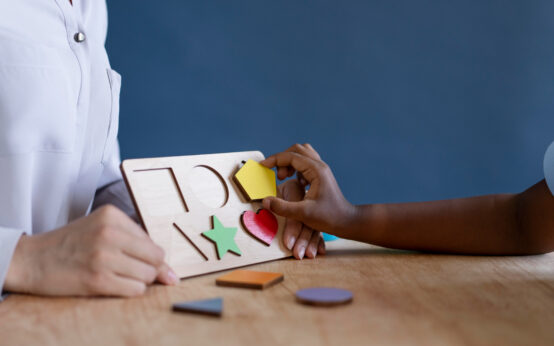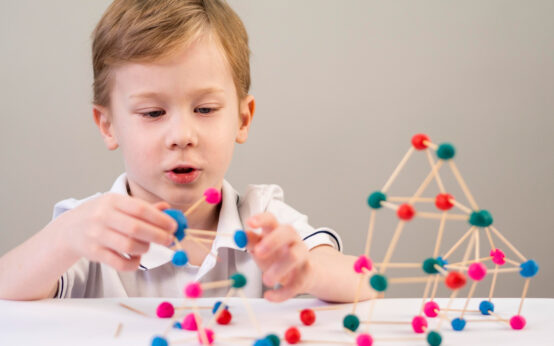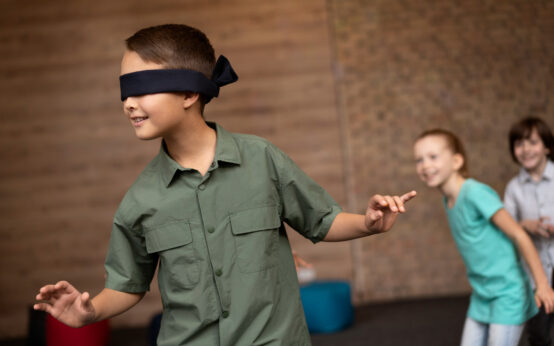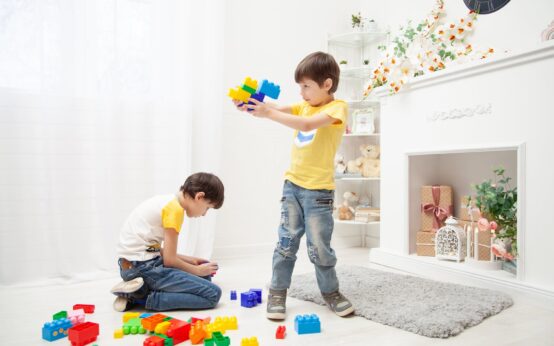Introduction
Play is pivotal for a child’s development, fostering skills essential for growth. For children with Autism Spectrum Disorder (ASD), play serves as a crucial avenue for learning and enjoyment. While their play may manifest differently, with unique preferences and behaviors, they can still engage and thrive through structured guidance and encouragement.
Autistic children often exhibit distinct play behaviors, such as repetitive actions or solitary play. Despite these differences, they possess the capacity to learn and benefit from various forms of play. Through intentional intervention and support, parents and therapists can facilitate the development of essential play skills in children with ASD, nurturing their cognitive, social, and motor abilities.
Exploratory Play
Exploratory play involves children actively engaging with their surroundings, exploring objects and textures. Encourage this type of play by incorporating sensory-rich activities into daily routines. For instance, during bath time, encourage splashing water or feeling different textures.
Cause-and-Effect Play
This play focuses on understanding the relationship between actions and outcomes, fostering a sense of control. Interactive toys like jack-in-the-box provide opportunities for children to learn cause-and-effect. Taking turns with the child while playing promotes social interaction and skill development.
Toy Play
Engaging with toys in their intended manner enhances cognitive and problem-solving skills. Sit facing the child, offer various toy options, and follow their lead during play. Provide verbal prompts and positive reinforcement to encourage participation.
Constructive Play
Constructive play involves building or creating, promoting creativity and problem-solving. Demonstrate how to engage in constructive play through modeling or visual aids. Show videos or build structures together to facilitate learning.
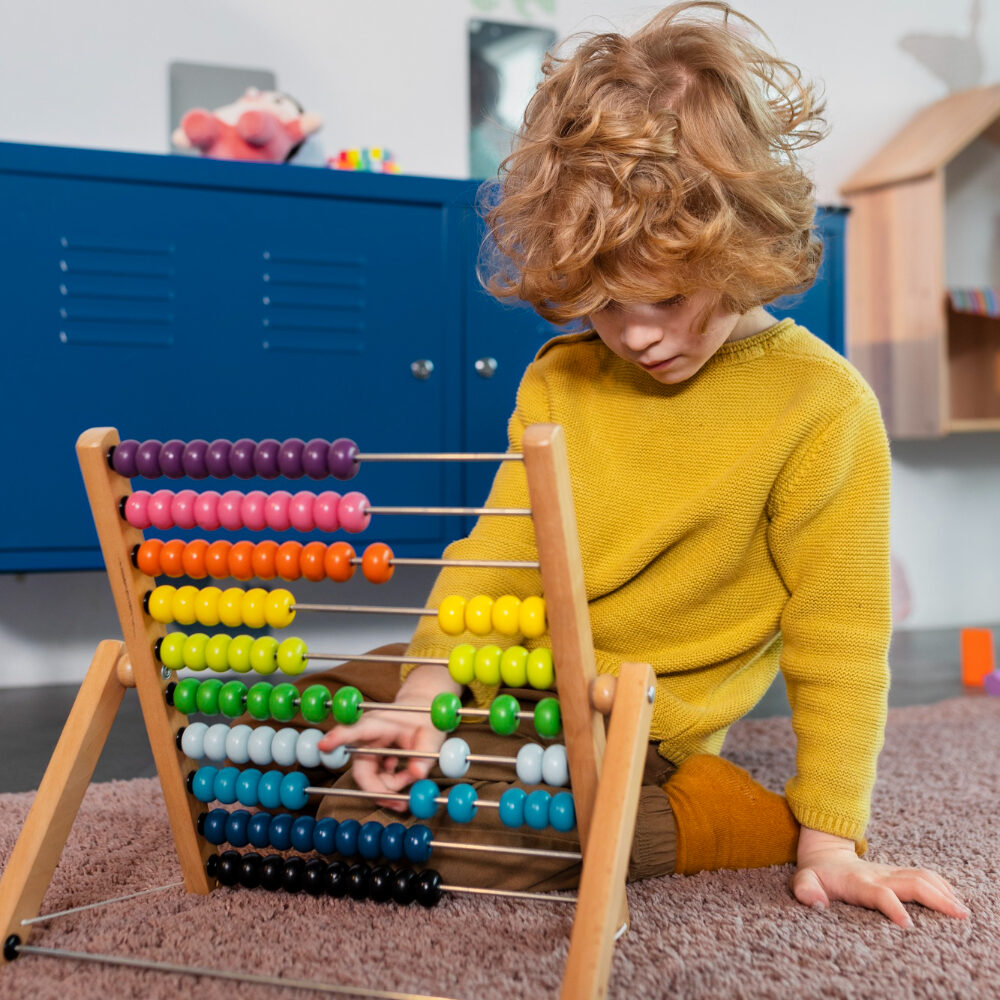
Physical Play
Physical activities promote gross motor skills and exploration of the environment. Encourage activities like running or crawling through tunnels. Physical play also facilitates interaction with peers and adults, fostering social development.
Pretend Play
Pretend play encourages imagination and social interaction. Provide props and encourage role-playing activities based on favorite stories or movies. This type of play enhances social, language, and cognitive skills.

Conclusion
Children with ASD face challenges in social interaction and communication, but they possess the potential to engage in diverse forms of play. Through structured guidance and encouragement, they can develop essential skills vital for their overall development. Parents and therapists play a crucial role in facilitating meaningful play experiences, fostering growth, and nurturing positive relationships. By embracing the unique strengths and abilities of children with ASD, we can create inclusive environments where every child can thrive.
Source
- American Psychiatric Association. (2013). Diagnostic and statistical manual of mental disorders (5th ed.). Arlington, VA: American Psychiatric Publishing.
- Boyd, B. A., McDonough, S. G., & Bodfish, J. W. (2012). Evidence-based behavioral interventions for repetitive behaviors in autism. Journal of autism and developmental disorders, 42(6), 1236-1248.
- Kasari, C., Gulsrud, A., Freeman, S., Paparella, T., & Hellemann, G. (2012). Longitudinal follow‐up of children with autism receiving targeted interventions on joint attention and play. Journal of the American Academy of Child & Adolescent Psychiatry, 51(5), 487-495.
- Lifter, K., Foster-Sanda, S., Arzamarski, C., Briesch, J., McClure, E., & Clarke, M. (2011). Overview of play: Its uses and importance in early intervention/early childhood special education. Infants & Young Children, 24(3), 225-245.
- National Autism Center. (2009). National standards report: Addressing the need for evidence-based practice guidelines for autism spectrum disorders. Randolph, MA: National Autism Center.
- Solomon, R., Necheles, J., Ferch, C., & Bruckman, D. (2007). Pilot study of a parent training program for young children with autism: The PLAY Project Home Consultation program. Autism, 11(3), 205-224.
- Vygotsky, L. S. (1978). Mind in society: The development of higher psychological processes. Cambridge, MA: Harvard University Press.

